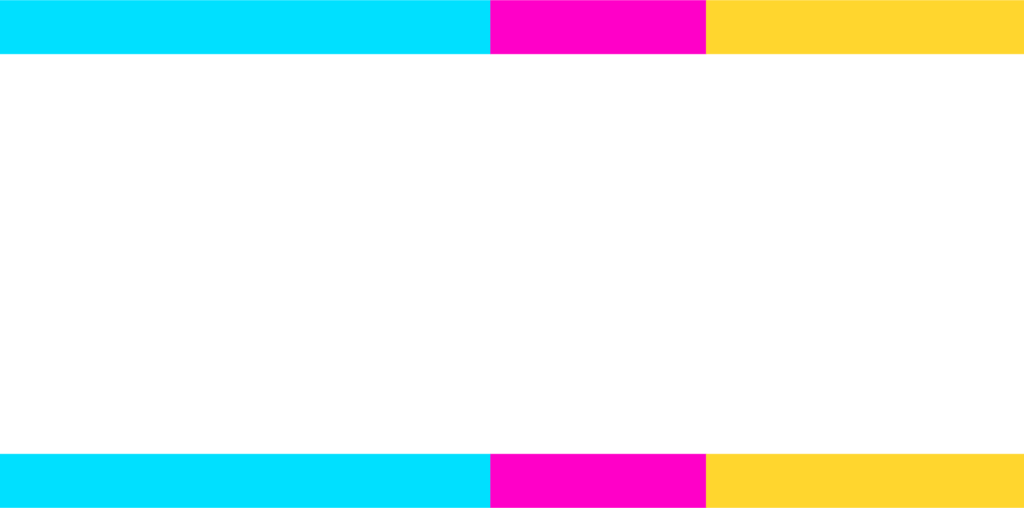A main focus of the 2023 legislative session was property tax relief. While there were several proposals introduced, only one made it past the finish line, House Bill 292, and its subsequent trailer bills. The bill is a multifaceted piece of legislation that provides property tax rebates to all property owners. The Center has provided the following analysis to answer frequently asked questions about the bill.
What is House Bill 292 and why is it important?
House Bill 292 aims to reduce property taxes for all property owners using three methods. The first is creating a homeowner property tax relief fund to reduce property taxes for property owners that qualify for the homestead exemption. The second is creating a school district facilities fund to reduce property taxes for all property owners by providing school districts funding to pay off school bonds and levies. The third is to expand the state property tax reduction program, commonly known as the “circuit breaker,” which provides a credit for homeowners whose property taxes consume a disproportionately large share of their income.

How would homeowners receive relief and how much?
We estimate overall funding available for homeowner property tax rebates would total $274 million for primary residences in 2023. In future years, the total dollars available would decline, increase, then decline again (See Appendix II).
The first year could result in an average property tax bill reduction of about 25 percent statewide. However, the actual reduction a household receives could vary considerably because property values range widely across counties.
The Idaho State Tax Commission (ISTC) would divide the homeowner credit funding by the total dollar amount of eligible property taxes levied on all eligible homes in the state, then multiply the result by the total amount of eligible property tax levied on the homes in each county. ISTC would then pay the county tax collector in each county the amount due to eligible homeowners’ property tax bills.
How would commercial and other property owners (agriculture, etc.) receive relief? How much?
We estimate that funding for commercial and other property tax rebates would total $81 million in 2023. However, in later years the total dollars available would decline, increase, then decline again. (See Appendix II).
The first year could result in an average property tax bill reduction of about 8 percent statewide. However, the actual reduction a commercial property owner receives could vary considerably because property values range widely across counties.
Would the fix to the circuit breaker bring back people who were thrown off?
Property taxes are regressive, meaning they fall harder on lower-income Idahoans than others. The circuit-breaker credit addresses this fact. The circuit breaker is a targeted property tax reduction program that operates like an electric circuit breaker, which cuts off the flow of current before an electrical surge can cause damage. Circuit breaker credit programs account for Idahoan’s ability to pay when calculating a property tax bill and reduce property taxes that exceed a certain percentage of a homeowner’s income. Idaho’s circuit breaker credit program is targeted to people that have the most difficulty paying property taxes and reduces their tax liability to a manageable level. In Idaho, the circuit breaker program is available to seniors, people with disabilities, and low-income widowed people.
In 2020, a home value cap was added to the circuit breaker, which removed just over 800 households from the program. House Bill 292 would bring around 70% of these claimants back into the program by making several changes to the maximum home value and income eligibility. The bill’s fiscal note estimates the cost of the changes to be $1.6 million in the first year.
How are renters impacted by this legislation?

Although renters pay property taxes through rent, they are excluded from relief in this legislation. Rents in Idaho have risen by 24 percent (inflation-adjusted) over the past five years because the state population grew rapidly as housing construction slowed. Broadly speaking, property tax bills increased about 20 percent on average during the same period.
How are local governments impacted by this legislation?
The legislation creates a new School District Facility Fund to send money to school districts to pay off bonds and levies. The amount each district receives would be based on their Average Daily Attendance (ADA). School districts can use their distribution from the School Districts Facilities Fund to pay school bonds; pay school levies; and save for future construction needs. The remaining funds may be used for new bonds.
The bill also eliminates the March election date for bonds and levies, which is the most common election date for bond issues and levies. Bonds and levies are primarily used to pay for staff salaries and benefits. School districts must issue teacher contracts by June 1. If bond and levy elections are held in March, school districts have adequate time to plan their personnel budgets based on the passage or failure of a supplemental bond or levy.
The legislation also would have changed how the Transportation Expansion and Congestion Mitigation Fund allocates money and how local governments receive funding for local highway projects. This change in the prioritization of sales tax revenue would have impacted bonding for transportation projects at the local level, including current projects in the works. The legislature passed a trailer bill, HB 376, that claims to correct this issue.
How is the relief funded?
The property tax relief is funded from deposits from General Fund Cash Transfers, the General Fund Surplus Eliminator, the Tax Rebate Fund, the Tax Relief Fund, and the sales tax. In this analysis, the deposits from each funding stream were estimated based on the 2023 General Fund Revenue Book, figures from the Division of Financial Management, and HB 292 text. The bill staggers funding stream starts and sunsets.
This report was revised on June 13, 2023 to reflect a correction in the figure on the growth in property tax bills. That figure is 20 percent, not 10 percent as previously published.
Appendix I: Projected Deposits into School District Facilities Fund, Homeowner Property Tax Relief Account, and Cash Balance Transfer to Counties
The property tax relief is funded from deposits from General Fund Cash Transfers, the General Fund Surplus Eliminator, the Tax Rebate Fund, the Tax Relief Fund, and the sales tax. In our analysis, the deposits from each funding stream were estimated based on the 2023 General Fund Revenue Book, the Division of Financial Management, the State Board of Education Public School Finance webpage, and House Bill 292 bill text. The bill staggers when funding streams start and sunset. Our projections for how much funding would be deposited into the School District Facility Fund and the Homeowner Property Tax Relief Account for each fiscal year were made based on a variety of assumptions described in the Property Tax Relief Funding Streams section below.
Property Tax Relief Funding Streams
General Fund One-Time Cash Transfer
A one-time transfer of $75 million will be allocated to the Homeowner Property Tax Relief Account in FY23.
General Fund Surplus Eliminator
In FY23, FY24, and FY25, $150 million of the General Fund excess cash balance, or the balance of the excess cash balance, whichever is less, would be allocated toward property tax relief. The Homeowner Property Tax Relief Account would receive the first $50 million. The remaining amount would be divided evenly between the School District Facilities Fund and the counties to distribute to all property taxpayers. This analysis utilizes the bill’s estimate of $150 million in excess cash balance as the assumed allocation for FY23, FY24, and FY25. The allocation could be lower if the excess cash balance is less than $150 million.
Tax Rebate Fund
HB 292 states that half of the money remaining in the Tax Rebate Fund will be allocated to the School District Facilities Fund and the other half will be allocated to the Homeowner Property Tax Relief Account. The projected balance of the fund is $130 million; however, actuals could change.
Tax Relief Fund
Tax Relief Fund projections for FY25, FY26, and FY27 were provided by the Division of Financial Management.
Sales Tax
The estimate of the sales tax distributions is from the General Fund Revenue Book.
Appendix II: Property Tax Relief by Property Type
Our analysis of how much property owners would receive in relief was based on the assumption that the proportion of property tax collected by each property type in 2022 would remain the same for 2023 to 2027. The proportion of property tax collected by type was gathered from a report on property taxes from the ISTC titled, “Market Values and Property Taxes and the Effects of the Homeowner’s Exemption.” Analysis of that report revealed that primary residences pay a little over half of all property tax collected, while the other property types pay the rest.
The total property tax relief for primary residences was calculated by adding nearly half of the School District Facilities Fund total, the Homeowner Property Tax Relief Account total, and nearly half of the cash transfer to counties. The total property tax relief for all other properties was calculated by adding nearly half of the School District Facilities Fund total and nearly half of the cash transfer to counties.
The percent of property tax relief funding by property type was calculated by dividing the total property tax relief funding by the total property tax relief amount.
The percent reduction of property tax by property type was calculated by dividing the total property tax relief funding by the total property tax the property type paid in 2022.


